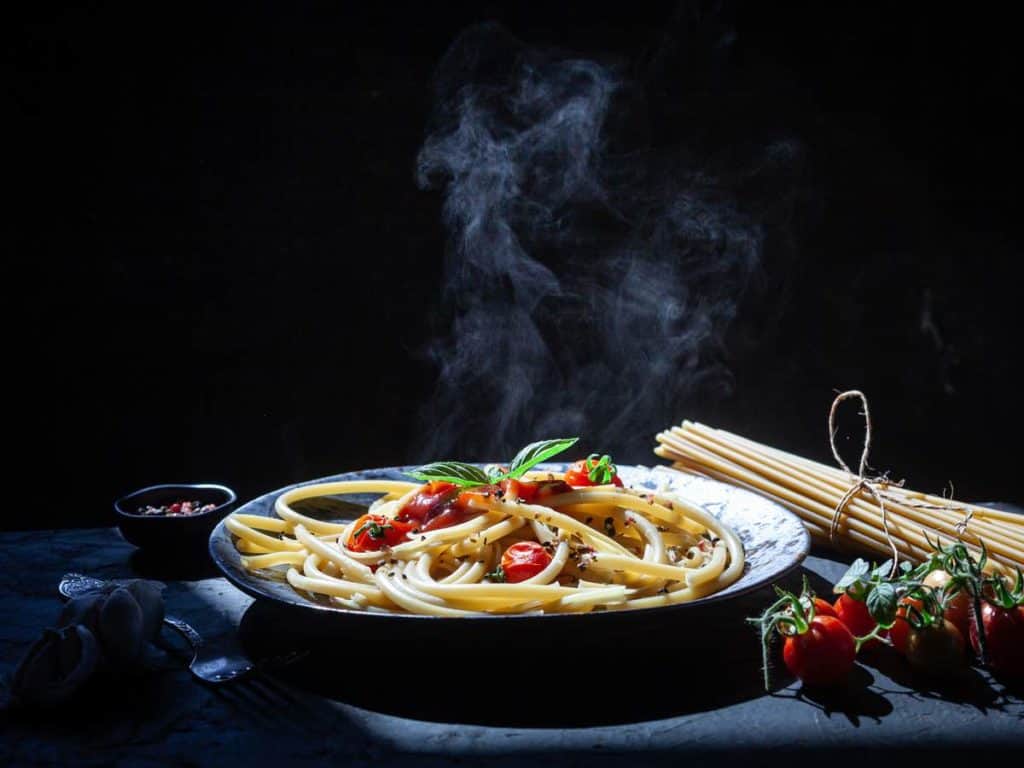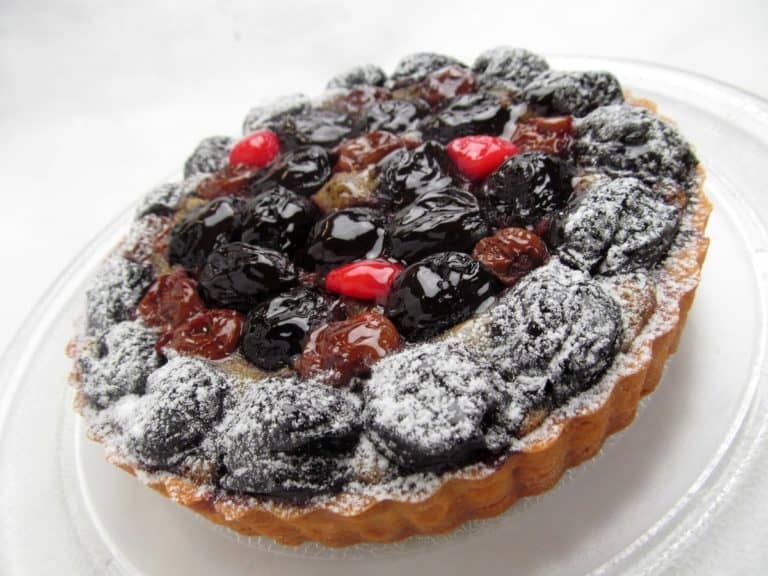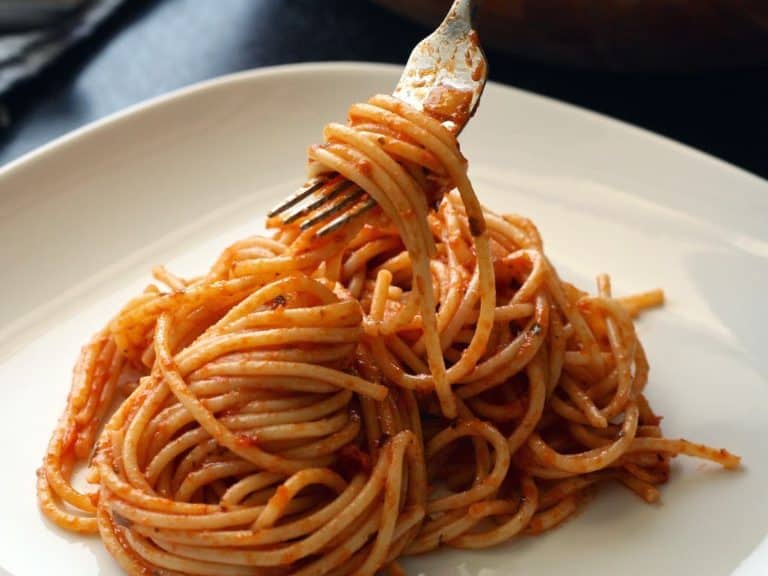How to Steam Frozen Shrimp in 8 Steps or Less
Preparing a dish that involves the use of something frozen usually starts the day before — the rock-solid ingredient has to be first thawed in the refrigerator overnight. Well, it’s a different matter for frozen shrimp for it can go straight from the freezer to the steamer, thus allowing you to enjoy a delicious and nutritious meal in no time.
Steaming frozen shrimp begins with bringing water in a large pot to a boil. Frozen shrimp is then added to the steamer basket, which is then placed in the pot. The pot is then covered to let frozen shrimp steam for four to six minutes, depending on the size. Cooked shrimp is then seasoned and served.
In a steamer, shrimp tends to cook really quickly, and that’s a boon. But it can also be a bane, which is why so many people make the mistake of serving steamed shrimp either a tad overcooked or a little undercooked.
Read on if you have a bag of shrimp sitting in the freezer and you are thinking about enjoying it anytime soon. Below, you will come across just about everything you need to know about steaming frozen shrimp without the need to wait for it to thaw in the refrigerator overnight and risk accidentally forgetting all about it the following day.

Can You Fry or Roast Frozen Shrimp?
It’s not recommended to fry or roast frozen shrimp without allowing it to thaw completely beforehand. That’s because it will extend the cooking time. What’s more, the resulting dish may not be as expected. On the other hand, steaming shrimp even though it’s just been taken out of the freezer is okay.
Some people assume that shrimp is so small that thawing isn’t a requirement to keep food poisoning at bay.
Compared to beef, chicken and pork, there is no need to worry that much about reaching a certain internal temperature when cooking shrimp in order to kill any disease-causing bacteria present.
While it’s easy to cook shrimp very well, it doesn’t necessarily mean that it no longer needs to be thawed when frozen. Well, there are instances in which it can be cooked straight from the freezer, such as when steaming shrimp. However, allowing shrimp to thaw thoroughly beforehand is a must in some cases.
It’s for this reason why recipes for sautéing, roasting and baking shrimp require the fruit of the sea — according to Bubba from the movie Forrest Gump — to be thawed before putting it on the frying pan or in the oven.
Sautéing frozen shrimp will result in a longer cooking time.
That’s because all those melted ice crystals will keep the oil from reaching a high temperature quickly. And if you follow the recipe to a T that says cook shrimp one to two minutes per side minus prior thawing, you could risk serving undercooked shrimp.
And if you cook frozen shrimp in the oven, you will end up practically boiling it instead of roasting it.
So, in other words, the only time you can skip thawing frozen shrimp, usually by transferring it from the freezer to the fridge the night before, is when you plan on steaming it.
Related Article: 16 Best Shrimp Substitutes [Regular, Vegetarian, non-shellfish]
Steps to Steaming Frozen Shrimp
Steaming frozen shrimp is just like steaming any ingredient that can be cooked steamed. However, unlike most other frozen ingredients, there is no need to thaw frozen shrimp beforehand. This is a great time-saver, especially because it also doesn’t take shrimp a long time to cook in the steamer.
In cooking frozen shrimp in any other way than steaming, the first step would be placing the packaging in the refrigerator the day before in order to give the contents enough time to thaw.
Well, it’s a completely different thing when steaming frozen shrimp: the first step would be getting some water.
How much water you will have to boil will depend on what you will be using for steaming frozen shrimp. If you will be using an electric countertop steamer, simply fill the reservoir with water to the fill line.
If you will be using a rice cooker with an integrated steamer, just remember to add one to one and a half cups of water per two cups of frozen shrimp.
To show you just how quick and trouble-free it is to steam frozen shrimp using your choice of steaming cookware, the following are the simple steps to take:
- Set up the countertop steamer or rice cooker.
- Put the right amount of water — up to the fill line of the reservoir if using a countertop steamer or one to one and a half cups if using a rice cooker.
- Add frozen shrimp to the steaming basket.
- Add preferred flavoring to frozen shrimp, which can be anything from a little lemon juice or lemon slices to just about any herb or spice of your liking.
- Close the lid or place the cover.
- Plug in the countertop steamer or rice cooker and set the timer or switch on.
- Steam shrimp for four to six minutes, or sometimes a little longer, especially if shrimp is large — shrimp is cooked when the crevice where the vein used to be is opaque and the body is slightly pink and firm.
- Transfer steamed shrimp to a serving plate and enjoy.
That’s how easy it is to steam frozen shrimp — no overnight thawing needed!

Fret not if you don’t have an electric countertop steamer or a rice cooker with a steamer attachment. That’s because you can steam frozen shrimp with the help of a makeshift steamer, and here’s how:
- Get your hands on a large cooking pot with a cover.
- Place a large ceramic bowl upside down in the center of the pot.
- Add water — again, for every two cups of frozen shrimp, add one to one and a half cups of water.
- Grab a flat metal sieve or metal colander large enough to accommodate frozen shrimp.
- Season shrimp with your preferred seasoning.
- Cover the pot and bring the water to a boil — just like when using an electric countertop steamer or rice cooker with steaming capabilities, it will take frozen shrimp anywhere from four to six minutes to cook.
By the way, before we end this article, just a couple of important things to keep in mind…
- When steaming frozen shrimp without the need for prior thawing, make sure that the bag in the freezer contains deveined shrimp. While possible if you give it a go, deveining frozen shrimp can be extremely challenging and dangerous, too. You may devein shrimp when it’s cooked, but it can get in the way of you enjoying it.
- You may also go for steaming frozen shrimp with the shell still intact. As a matter of fact, many people prefer steaming them over peeled shrimp because the shell helps lock in the flavor.
Just Before You Steam Some Shrimp
Some people who love to cook shrimp at home hate the peeling and deveining part. If you are one of them, getting your hands on frozen shrimp that’s already peeled and deveined is a smart move.
And you will also be more than happy to know that frozen shrimp can go from rock-solid to tender and juicy without the need for defrosting beforehand — as you have seen above, it’s possible to steam frozen shrimp without waiting for several hours for it to thaw overnight in the refrigerator.
Whether you are always in a rush or your cooking skill is limited to steaming, you should never be without a bag of shrimp in the freezer, especially if you want something nutritious that can be enhanced with various herbs and spices.
Related Questions
Can you store steamed shrimp in the freezer?
If steamed shrimp stored in the refrigerator will not be consumed within three days, it’s a good idea to store it in the freezer instead, where it will keep for 10 to 12 months if stored properly. To freeze steamed shrimp, place in a ziploc bag, squeeze out the air before sealing the bag, and place in the freezer.
Can you eat pre-cooked shrimp?
Pre-cooked shrimp is cooked enough to make it safe to eat. However, store-bought pre-cooked shrimp may have been contaminated during the packing or transporting stage, which makes the seafood risky to eat. To avoid ending up with foodborne illnesses, it’s best to cook pre-cooked shrimp before eating.





